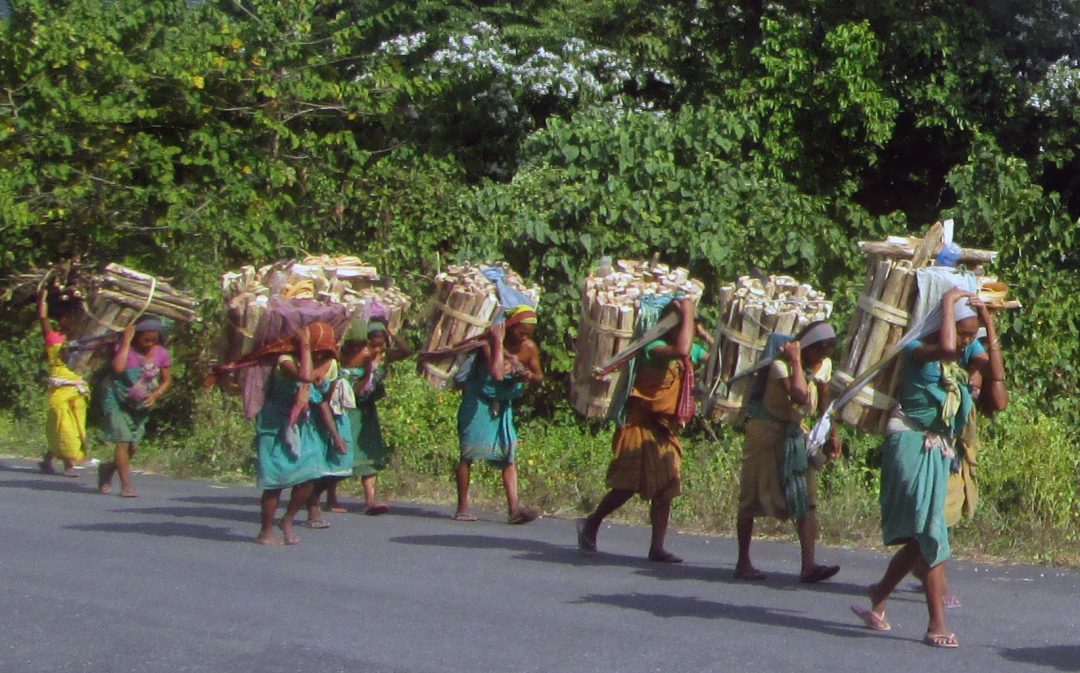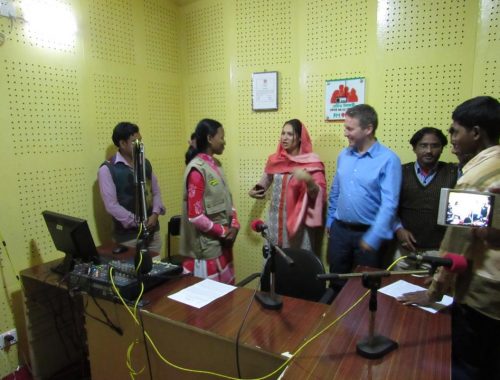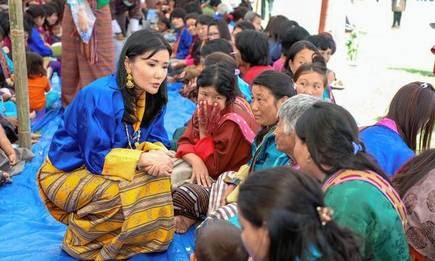Assessment for Bodos in India
Bodos are territorially concentrated north of the Brahmaputra River in Assam and have a history of protest and violence against the state. Factor mitigating risks of rebellion include efforts at negotiation and accommodation of Bodos demands. Two militant Bodo organizations have reached ceasefires with government officials, including in 2005 a ceasefire between the National Democratic Front of Bodoland. Final resolution of the conflict will depend on implementation of accords over the next several years and on eased competition between Bodo and Assamese organizations for political dominance.
Bodo protest will likely continue at low to moderate levels in the near future. Numerous Bodo political organizations continue to mobilize the community, in particular students. The democratic nature of India’s government also makes protest a relatively low-cost form of political resistance.
Bodos are perhaps most at risk for intercommunal conflict. Although in the past there has been cooperation between Bodo and Assamese political organizations, competition for political power and limited economic resources may lead to violence between the two groups. Potential for conflict between Bodos and Bengalis also persists.
Analytic Summary
Bodos, indigenous to the subcontinent, are hill tribals of Mongol extraction who inhabit the northern plains region of Assam. Bodos are fervently proud of their heritage and culture and have increasingly felt that their own culture and language is threatened by Assamese dominance.
Historically, the northeast part of India, including Assam, was sparsely populated. However, during the colonial period, the shortage of manpower in Assam was regarded as a major obstacle to British colonial plans (to clear the jungles, reclaim swampy lands for cultivation, develop tea cultivation, etc.). As a result, the British encouraged migration from East Bengal into Ahom. The inflow of people to the northeast continued even after the partition of India in 1947.
The population of northeast India has seen unprecedented growth during the past century, and that of Assam, for example, increased from 3,290,000 around partition to 19,902,826 in 1981. After the partition of British India in 1947, several hundred thousand Bengali-speaking Hindus left what was then East Pakistan (now Bangladesh) and flowed into Assam by late 1950. Since 1947, three tribal states have been separated from Assam: Meghalaya, Mizoram, and Nagaland. Tripura, Arunachal Pradesh, and Manipur of northeast India were considered for inclusion in Assam, but have also become separate states.
In 1956, Jawaharlal Nehru’s government created linguistic states in the wake of ethnic strife throughout northeast India. However, Bodos (one of the largest tribal groups in India) did not receive a separate state but were incorporated into the state of Assam.
Unlike the Assamese-speaking majority in Assam, who demand secession from India, most Bodos seek autonomy within India in the form of a state of their own called “Bodoland” (which would comprise almost the entire area north of the Brahmaputra River in Assam). Although the Assamese-dominated Assam’s People Party (AGP) government attempted to treat Bodo tribals and other minority groups (within Assam) as part of greater Assamese society, the Bodos opposed these policies. Under the auspices of the All-Bodos Students Union (ABSU), headed by Upendra Nath Brahma, the Bodo community launched a self-determination movement in the late 1980s, ironically reminiscent of the AASU movement a decade earleir. The Bodos’ demand for a separate state from Assam, however is unacceptable to AGP members who fiercely oppose the division of the already “much-fragmented” state. The Bodos have also demanded that the central government recognize Bodo as one of India’s national languages and that Bodo be declared as the official language in Bodo areas. They have also been calling for an increase in the number of seats reserved for tribal peoples in admissions into educational institutions, as well as more housing grants, radio and television stations, and an agricultural university for Bodos.
Bodos are represented by a variety of organizations, including the All-Bodos Students Union, the Bodo Liberation Tigers, the Bodo Security Force and the National Democratic Front of Bodoland. These organizations have at times resorted to violent tactics, including attacks on public buildings and railroads to attract the attention of the central government. Both the ABSU and the Bodo Security Force (BSF) have employed violent measures to gain publicity for their cause. In the mid to late 1980s, over 600 people were killed in Bodo-related violence. Between 2001 and 2003, Bodos clashed with Bengalis and Santal adivasis (COMCON01-02 = 3, COMCON03 = 2).
In February 2003, an agreement was reached betweenthe Indian and state governments and Bodo leaders to create a Bodo Tribal Council that provided for greater self-rule in Bodo majority areas. The deal was implemented in December 2003, allowing for greater political control (POLDIS03 = 1). As part of the settlement, the federal government announced the funding for the creation of a hospital and the provision of jobs for the rebels who had surrendered (ECDIS03 = 1). Despite these developments, some Bodo factions continued to engage in militant activity (REB01-02 = 4, REB03 = 2). In 2005, an additional militant organization, the National Democratic Front of Bodoland, reached a ceasefire with the government. Protest continued at low levels from 2001 to 2003 (PROT01-02 = 3, PROT03 = 2).
References
Darnell, Alfred T. and Sunita Parikh, “Religion, Ethnicity, and the Role of the State: Explaining Conflict in Assam”, Ethnic and Racial Studies, Vol. 11, No. 3, July 1988.
India Today, March 15, 1989.
Far Eastern Economic Review, 1989-1994.
Keesings’ Contemporary Archive, Keesings Record of World Events.
Lexis-Nexis news reports, 1990-2003.
Wilson, Jane S. “Turmoil in Assam,” Asian Perspectives, 1992. ————————–==Publication DaTe: 31 December 2003
Publisher Minorities at Risk Project
Publication Date 31 December 2003
Cite as Minorities at Risk Project, Assessment for Bodos in India, 31 December 2003, available at: https://www.refworld.org/docid/469f3a8f3b.html [accessed 28 May 2021]
Disclaimer This is not a UNHCR publication. UNHCR is not responsible for, nor does it necessarily endorse, its content. Any views expressed are solely those of the author or publisher and do not necessarily reflect those of UNHCR, the United Nations or its Member States.
India Facts
Area: 3,287,590 sq. km.
Capital: New Delhi
Total Population: 130 Crore app.




